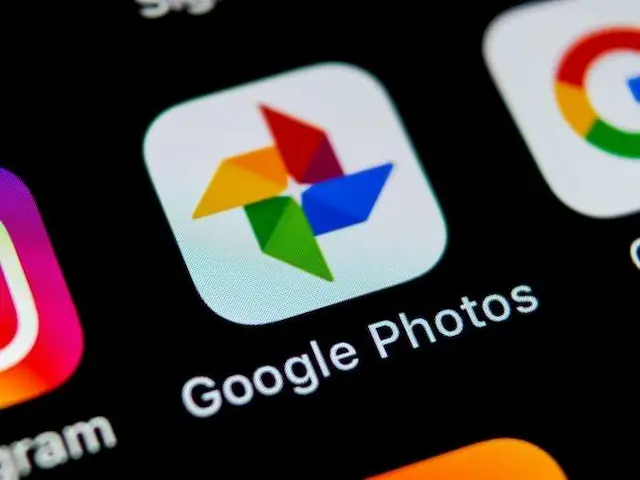In today's digital age, managing and storing countless photos and videos can be overwhelming. This is where google photos app comes in a cloud-based photo storage and organization app developed by Google. Launched in May 2015, the app has since become one of the most popular tools for managing personal media, offering users seamless access across devices and a variety of smart features designed to make organizing and sharing photos easier.
Key Features of Google Photos
- Unlimited Backup (Original & High-Quality): Google Photos offers automatic backup for your photos and videos. Initially, users were provided with free, unlimited storage for "High Quality" images (compressed), but as of June 2021, this unlimited option was retired. Now, all uploads count against your Google account storage, which includes the 15GB free tier shared across Google services like Gmail and Drive. You can also opt for original quality backups, preserving your images' full resolution and metadata.
- Smart Organization: One of the standout features of Google Photos is its advanced AI-powered organization. It automatically categorizes your photos based on recognizable objects, locations, or people. Without needing to manually tag, you can search for “beach,” “dog,” or even a specific friend's face to quickly find matching images.
- Search and AI Integration: Google Photos integrates Google’s AI capabilities for powerful photo searching. You can search using keywords related to image content (e.g., "food," "vacation"), dates, locations, or even facial recognition, making it easy to locate specific photos. This feature becomes increasingly useful as you accumulate thousands of images over time.
- Editing Tools: The app also includes a built-in editor for quick adjustments. With tools for cropping, adjusting brightness, adding filters, and enhancing contrast, users can tweak their images without leaving the app. Google Photos also automatically generates suggestions for edits, such as color adjustments or creating collages.
- Memories and Sharing: Google Photos periodically highlights "Memories" from past years, surfacing old images for a nostalgic look back. Additionally, the app makes sharing straightforward, with the ability to create shareable links, albums, or even shared libraries with others. A recent feature allows users to send photos directly to a friend’s Google Photos account, making it a more collaborative experience.
- Albums, Movies, and Animations: Another engaging aspect of the app is its ability to automatically create albums, movies, and animations from your photos. With minimal effort, users can combine photos and videos into a stylized video or animation, complete with music.
- Google Lens Integration: Google Photos also includes Google Lens integration. By simply tapping the Lens icon on any photo, users can search for related information. For example, you can identify plants, scan QR codes, or pull up details about a landmark from a vacation photo.
